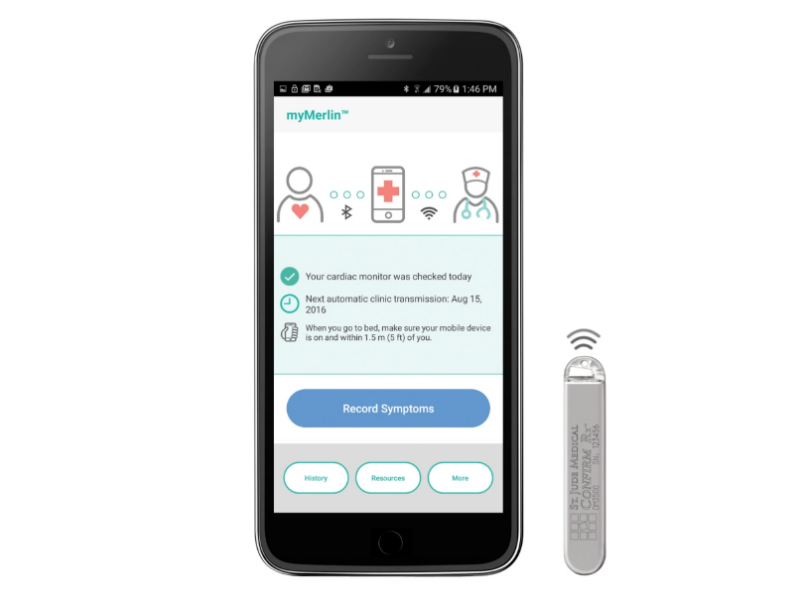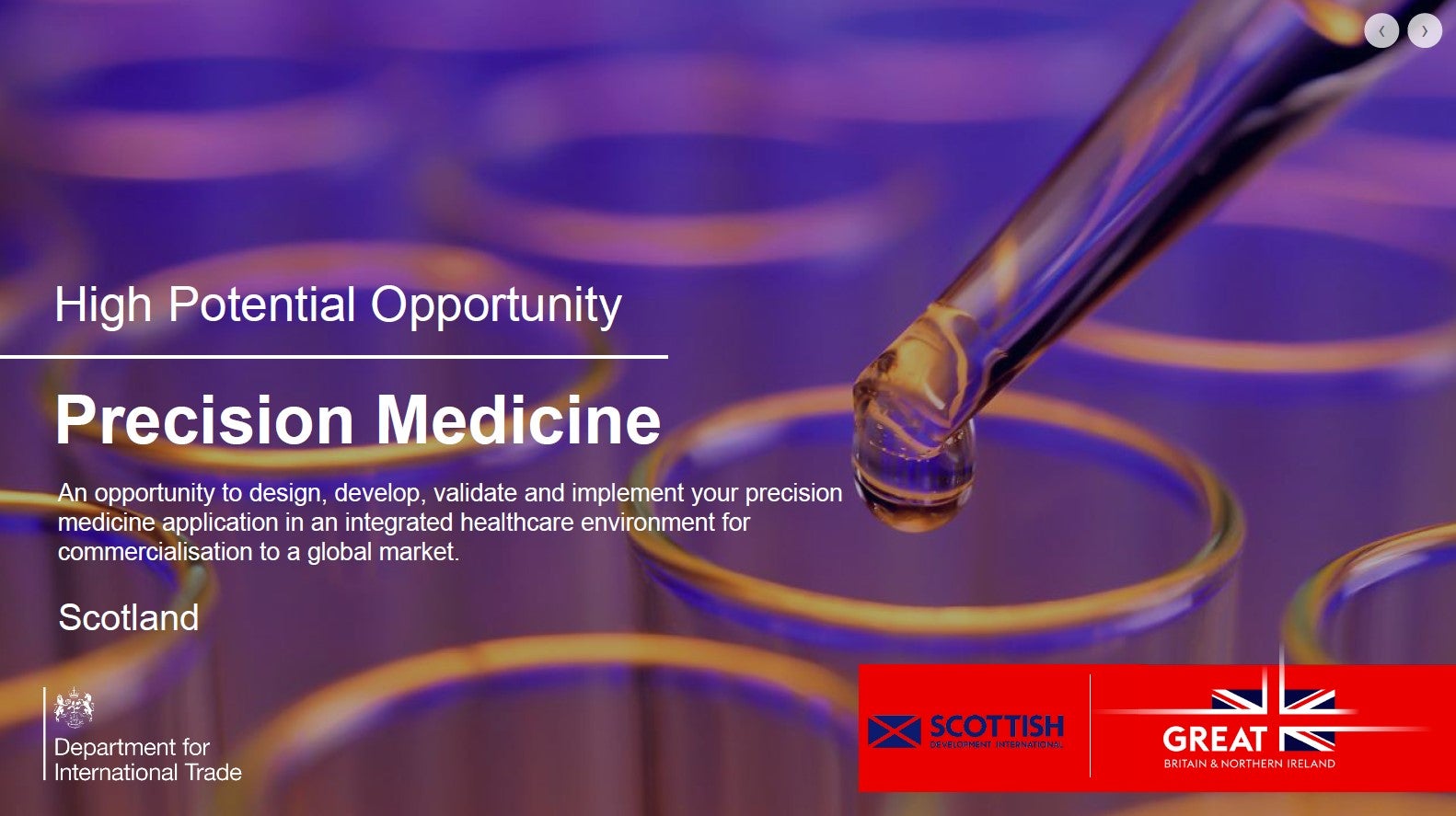
Advantages of Remote Health Monitoring: Revolutionizing Healthcare
Remote health monitoring, also referred to as remote patient monitoring, is the process of using technology to monitor patients in non-clinical environments, such as in the home. When incorporated in the management of chronic diseases, remote health monitoring has the potential to significantly improve quality of life for patients and so it should come as no surprise that this technology is growing increasingly popular. Here’s what you need to know, from how it works to factors currently limiting the tech.
How does remote health monitoring work?
Remote health monitoring is a diverse field but the associated technologies normally share some similar components. Firstly, a monitoring device requires a sensor which can measure specific physiological data and wirelessly communicate this information to both the patient and healthcare professionals.
Shared data storage for this information is also crucial, as well as software that can analyse health data and offer treatment recommendations and alerts. Health monitoring technologies that rely on smartphone apps are becoming increasingly popular, such as Abbott’s Confirm Rx Insertable Cardiac Monitor (ICM) which is the world’s first continuous heart monitor that is compatible with smartphones and allows patients to monitor their own symptoms as well as send constant health updates to the relevant healthcare professionals.
Where is remote health monitoring most useful?
Remote health monitoring can aid patients with numerous conditions but the technology is most widely used for monitoring heart conditions and diabetes. Diabetics are required to control their weight, blood pressure and blood glucose levels to stay healthy. Monitoring platforms such as TactioRPM have been designed to make managing diabetes and other chronic diseases easier.
On the Tactio website the company promotes the benefits of the platform’s associated diabetes app to healthcare professionals by stating that TactioRPM Diabetes is “the only mobile solution that helps you connect with your patients to support and monitor their progress tackling all the difficult lifestyle changes required to maintain adequate control and decrease the chronic complications”.
Other conditions that can benefit from remote health monitoring include infertility and dementia. The technology can be used on both young and old patients. Early this year, physicists from the University of Sussex in the UK developed a wearable sensor for the remote monitoring of heart and breathing rates in babies.
Pros and cons of the technology
Although the technology has many proven successes, its main flaws lie with the fact that remote health monitoring can heavily rely on patients taking an active role in their own health and some patients are more passive or forgetful than others. Wireless technologies are also not suitable for some rural areas, and some older patients may not know how to use modern technologies like apps. Any collected health information also needs to be encrypted and protected from hackers and some remote health monitoring technologies are very expensive.
However, remote health monitoring does give patients more power to keep an eye on their health and can provide peace of mind for those managing chronic conditions. As the technology can alert both patients and healthcare professionals to slight physiological changes, any potentially dangerous conditions are more likely to be caught and treated earlier. The costs are high and the technology still needs to be refined, but as those barriers are gradually broken down, remote monitoring is likely to become a core component of the preventive healthcare of the future.




